Solar or Plug-In String Lights: Which Glows Best Outdoors?
String lights are a staple for decking out backyards, patios, or holiday setups, instantly turning any space into a cozy, festive vibe. But when it’s time to choose, many American homeowners get stuck: go with eco-friendly Bitpott solar string lights or stick with traditional plug-in ones? Each has its perks, but they differ in setup, cost, reliability, and eco-impact. This guide compares Bitpott solar string lights against plug-in models across key factors to help you pick the right fit for your outdoor decor.
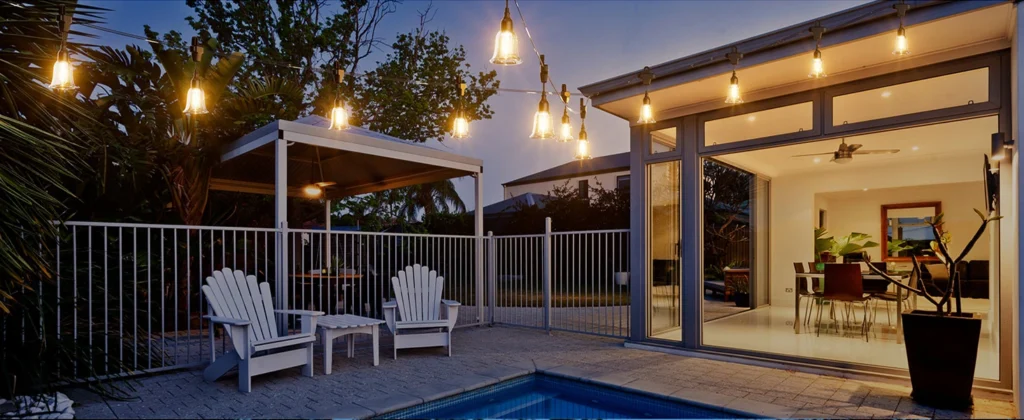
Installation: Easy Setup vs. Outlet Hunt
How you get your lights up and running can make or break the experience:
- Bitpott Solar String Lights: No wiring needed—just hang or drape the lights and place the photovoltaic panel in a sunny spot. Setup takes 10–15 minutes, with stakes or clips for flexible placement on fences, trees, or pergolas. A California user strung them along a patio in under 20 minutes, no tools required.
- Plug-In String Lights: These need a nearby outdoor outlet, which can be a hassle if your yard lacks one. You might need extension cords or an electrician to install a new outlet ($100–$200). Setup can take 30–60 minutes, especially if routing cords safely.
Solar string lights win for quick, cord-free installation, while plug-ins demand more planning and proximity to power.
Cost and Energy Use: Free Sunlight vs. Electric Bills
Your wallet feels the difference between these options over time:
- Bitpott Solar String Lights: Zero electricity costs after purchase. A typical 100-LED solar string light (10W equivalent) runs on sunlight, costing $0 over 10 years. Upfront, expect $20–$40 per set. A Texas homeowner saved $50 yearly switching from plug-ins to solar.
- Plug-In String Lights: At the U.S. average rate of $0.15 per kWh, a 10W plug-in string running 6 hours nightly costs ~$3–$4 per month, or $360 over 10 years for one set. Initial costs are lower ($10–$30), but bills add up.
Solar string lights are a long-term money-saver, while plug-ins hit your electric bill month after month.
Stability: Weather-Proof vs. Sun-Dependent
How reliably your lights perform depends on conditions:
- Bitpott Solar String Lights: These rely on photovoltaic panels, needing 4–6 hours of direct sun for 6–8 hours of nighttime glow. Cloudy days or shady yards can shorten runtime. A Seattle user noted dimming after three overcast days, requiring a USB backup charge.
- Plug-In String Lights: These shine consistently, rain or shine, as long as power’s flowing. They’re unaffected by weather (assuming IP65 waterproofing) but can fail during outages. A Florida family’s plug-ins stayed bright through storms but tripped a breaker when overloaded.
Plug-ins are steadier for constant brightness; solar string lights need sunny conditions or backup charging.
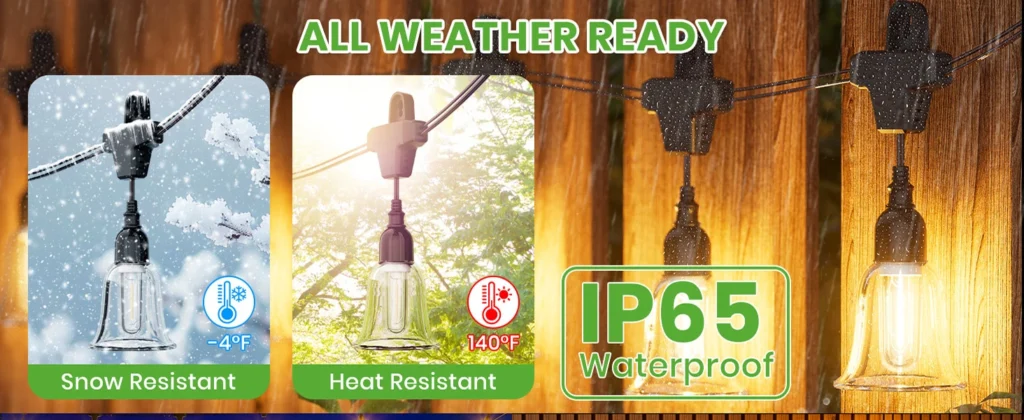
Environmental Impact: Green Glow vs. Grid Power
Eco-conscious homeowners care about their lighting’s footprint:
- Bitpott Solar String Lights: Powered by renewable sunlight, they cut carbon emissions to near zero. Over 10 years, one set saves ~0.2 tons of CO2 compared to grid-powered lights, aligning with EPA green living goals. Biodegradable materials in some models add extra eco points.
- Plug-In String Lights: Tied to the U.S. grid (often coal or gas-powered), they produce higher emissions—about 0.6 tons of CO2 per set over 10 years. A Colorado user switched to solar to shrink their carbon footprint for holiday displays.
Solar string lights are the clear eco-winner, while plug-ins lean on less sustainable grid energy.
Practical Tips for Choosing and Using String Lights
To make either option work for your outdoor decor, try these tips:
- Check Sun Exposure (Solar): Place photovoltaic panels where they get 4+ hours of direct sun. Test with a light meter app to avoid shade from trees or eaves.
- Secure Cords (Plug-In): Use weatherproof extension cords and cable clips to keep plug-in lights tidy and safe. Check outlets for GFCI protection to prevent shocks.
- Match to Your Vibe: For solar, pick 3000K warm white for cozy patios or 5000K cool white for bold holiday displays. Plug-ins offer similar color options but check wattage to avoid overloading circuits.
- Maintain Regularly: Clean solar panels monthly to clear dust or snow, boosting charge efficiency. For plug-ins, inspect cords yearly for wear to avoid shorts.
A little planning keeps your lights twinkling through seasons and celebrations.
Wrapping It Up: Solar for Freedom, Plug-In for Consistency
Bitpott solar string lights and traditional plug-in lights both bring magic to your outdoor decor, but they cater to different needs. If you want hassle-free setup, zero energy costs, and a green footprint, solar string lights are your pick—perfect for patios, gardens, or eco-conscious holiday setups, as long as you’ve got sun. If steady brightness is non-negotiable, especially in cloudy regions or for all-night displays, plug-in lights deliver but come with ongoing costs and outlet dependence. Ensure photovoltaic panels or outlets are accessible, test your setup at night, and maintain your lights for longevity. Whether you’re chasing sustainability or reliability, the right string lights will make your yard glow with charm.

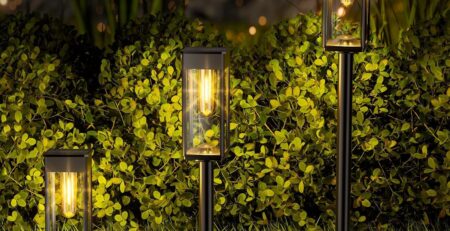
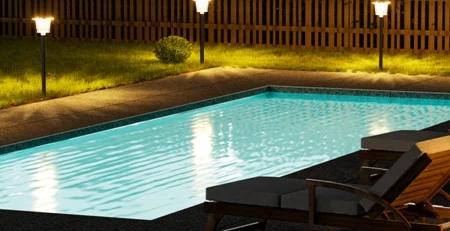
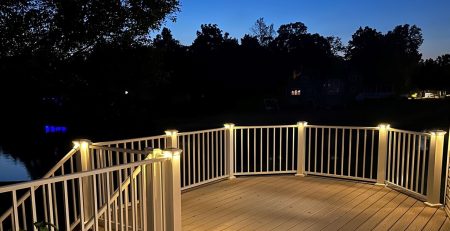
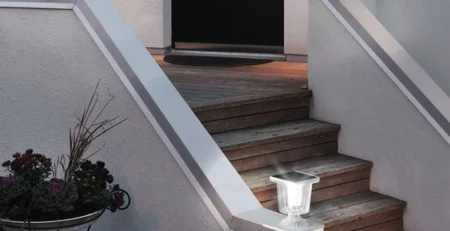
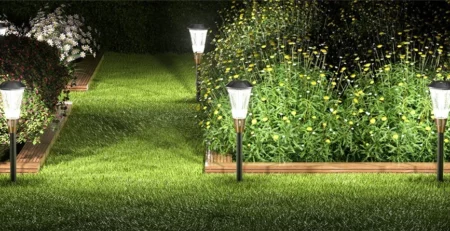
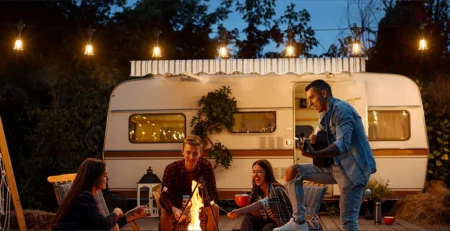
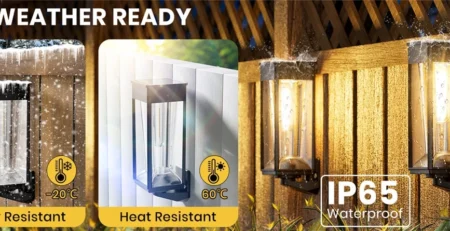
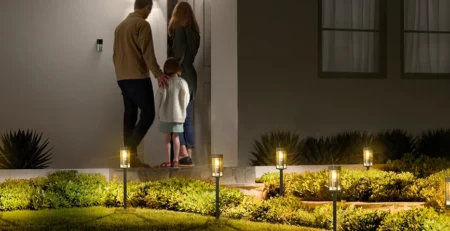
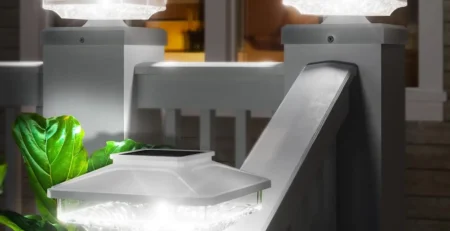
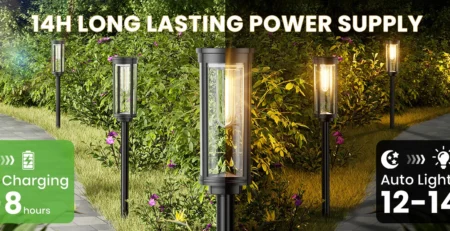
Leave a Reply